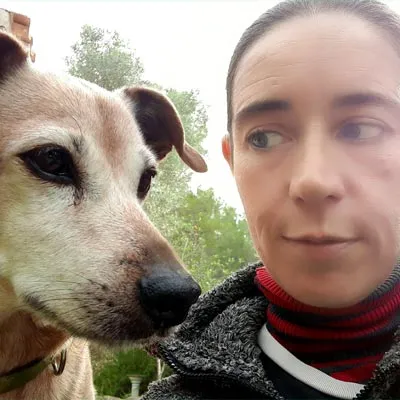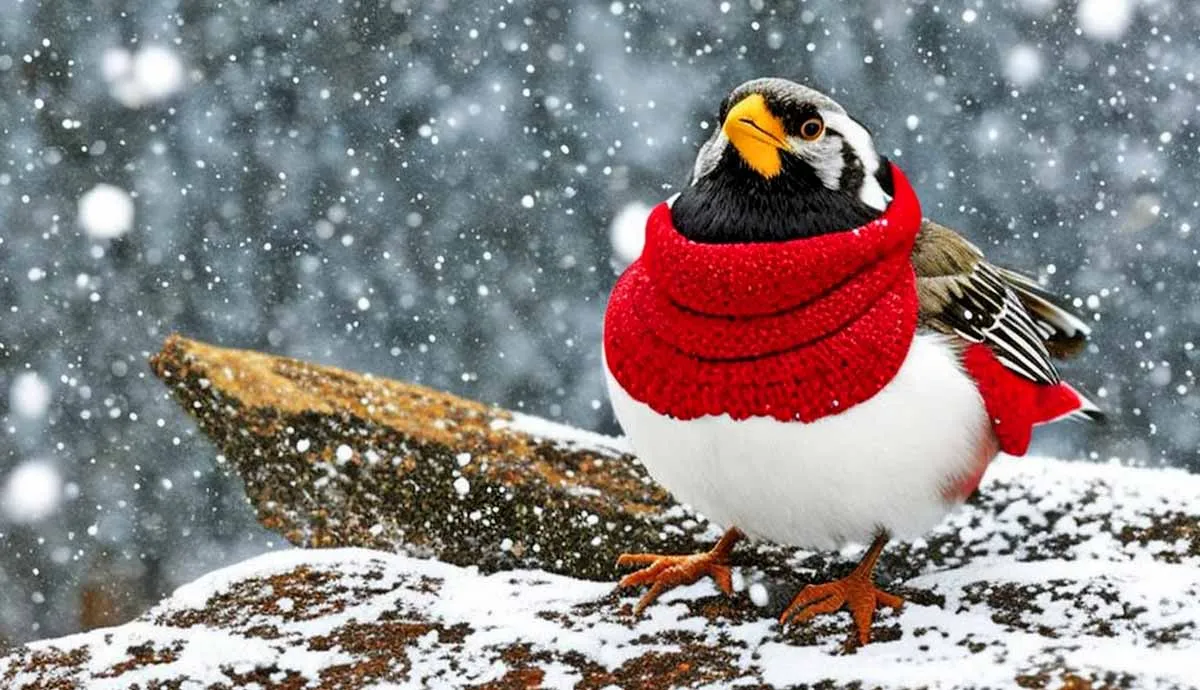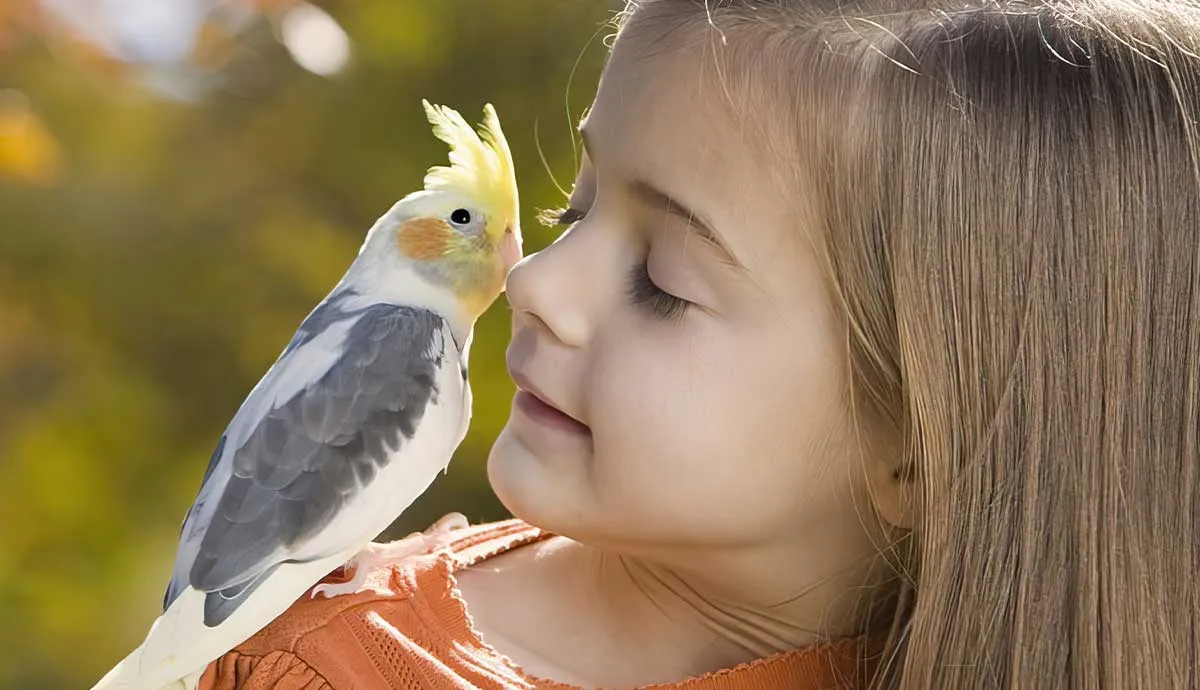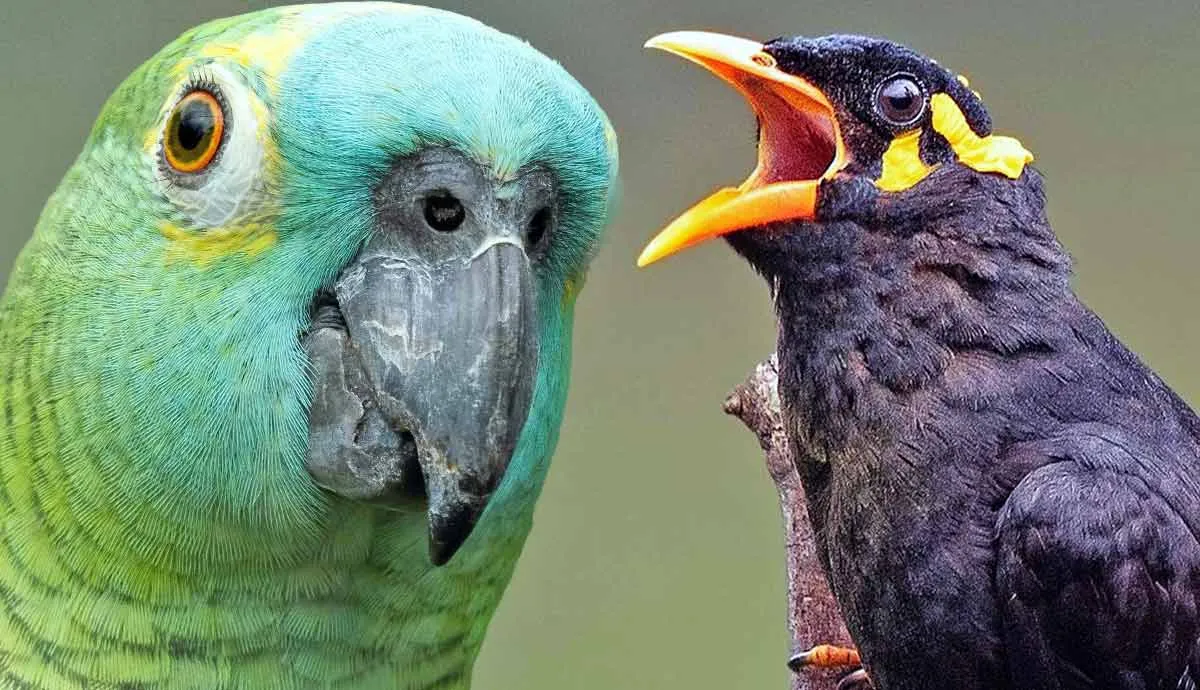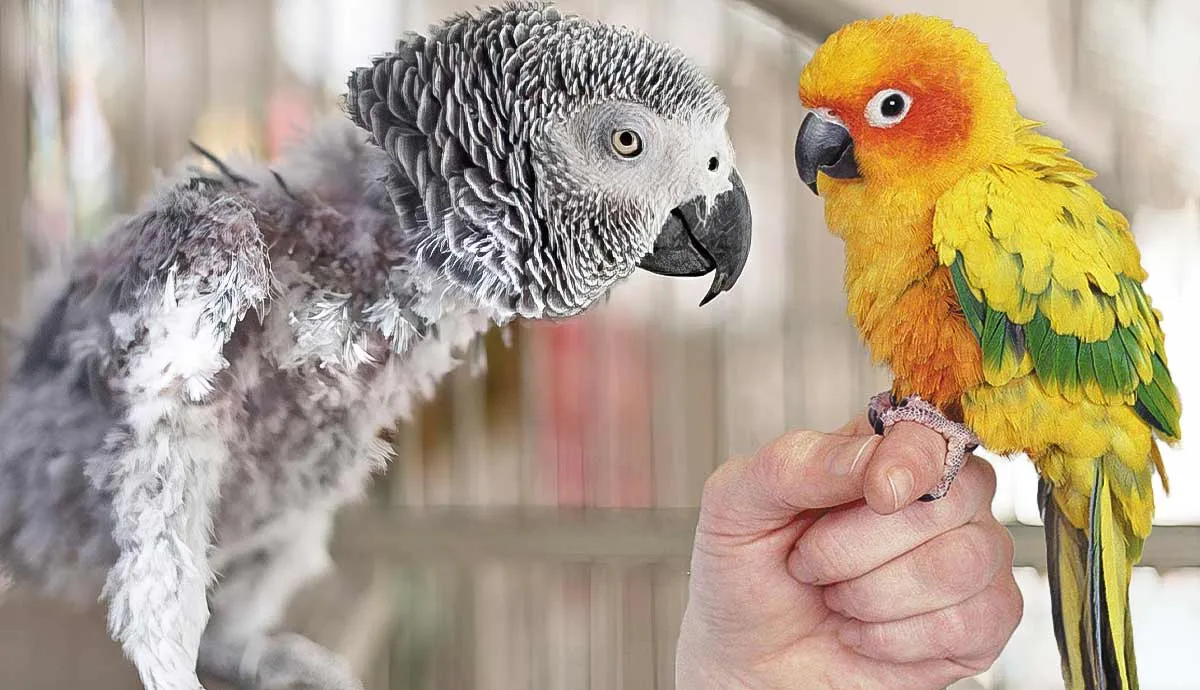When I was recently caring for a friend's pet bird, she told me that her feathered companion was quieter than usual. She explained that Pepe was molting, so I shouldn’t handle him, and there may be more feathers in his cage. I was surprised to learn that molting can be stressful for birds and began wondering how often pet birds molt. After much research, I discovered a lot about molting, and I'll share my findings with you below.
Molting in Birds - The Basics
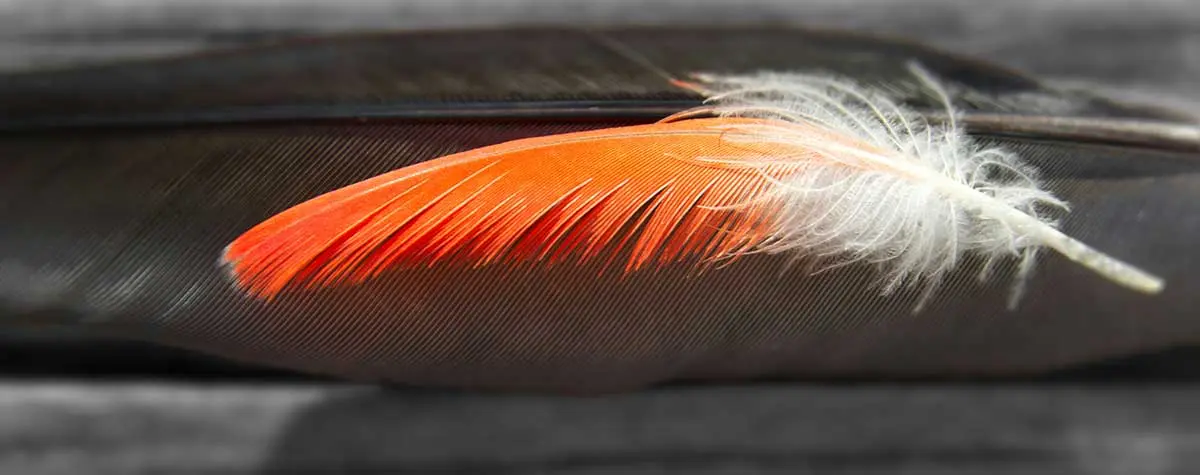
Molting in birds is a natural process which happens at least once a year and is when they replace old feathers with new ones. It’s a gradual process, lasting around six weeks, and birds molt on both sides symmetrically so they always have enough feathers.
Why do birds molt? I hear you ask. Regular molting is crucial for a bird's well-being because they need healthy feathers to survive. Feathers provide a protective covering and help birds regulate their heat. Birds also use their feathers for social interactions such as courtship, and most importantly, they help them to fly.
Molting is an automatic, unconscious process stimulated by seasonal changes, such as daylight hours and temperature. Wild birds live outdoors and experience natural daylight and temperatures, and they tend to have a regular molt cycle. Pet birds, however, may sometimes encounter problems because they live in a controlled environment with artificial light.
It’s not uncommon for the most popular pet birds to have longer or shorter molt cycles or to lose a few feathers between seasons. Sometimes, a domestic bird's molt cycle can be erratic and last a few weeks up to several months.
What are the Signs of Molting?
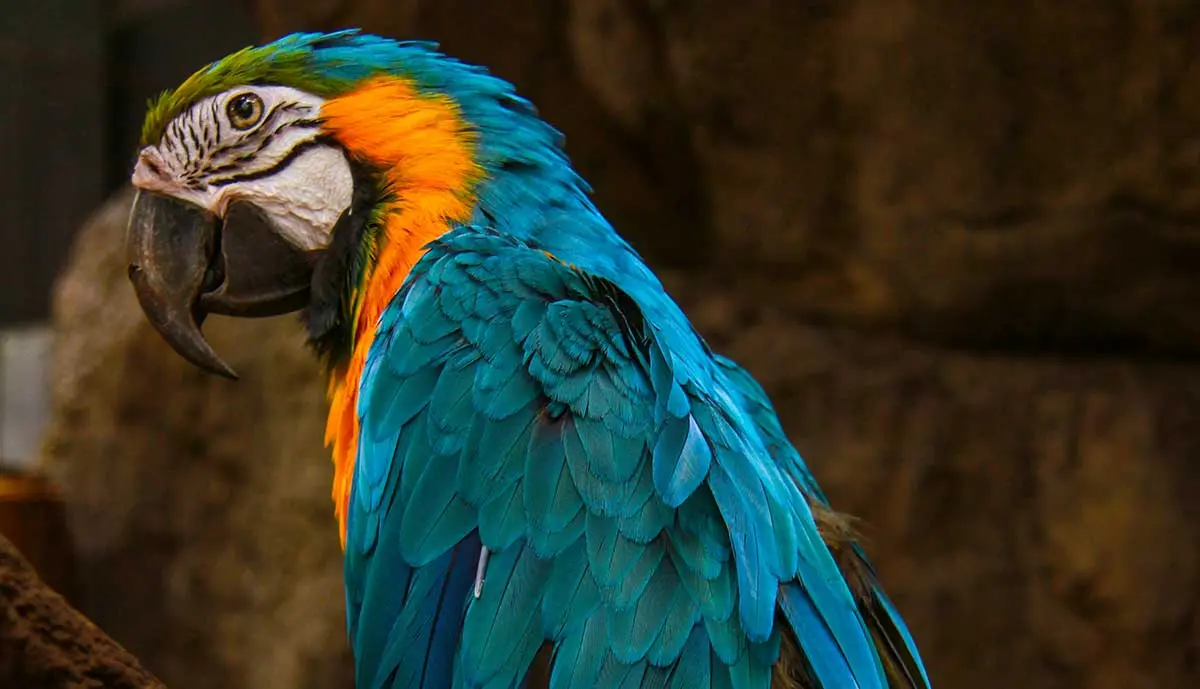
The first signs of bird molting are many feathers on the cage or aviary floor. During molt, birds only replace a few feathers at a time. Molting shouldn't leave bald patches or heaps of feathers in the cage. Birds will also preen more than usual and may have behavioral changes. They can become quiet and subdued, stop laying, be less vocal, and even lose their appetite.
Another sure sign of molting is when you see new feathers coming through. They look like small waxy pins sticking up through the skin and are most noticeable on the head. Each feather has a quill, which is the firm shaft of the feather, and it has a blood supply. You can see the blood supply in the quill as the feather grows. These are called blood feathers - and the blood supply will lessen as the feather matures. Blood feathers are most apparent in the wing and tail feathers.
Problems Associated with Molting
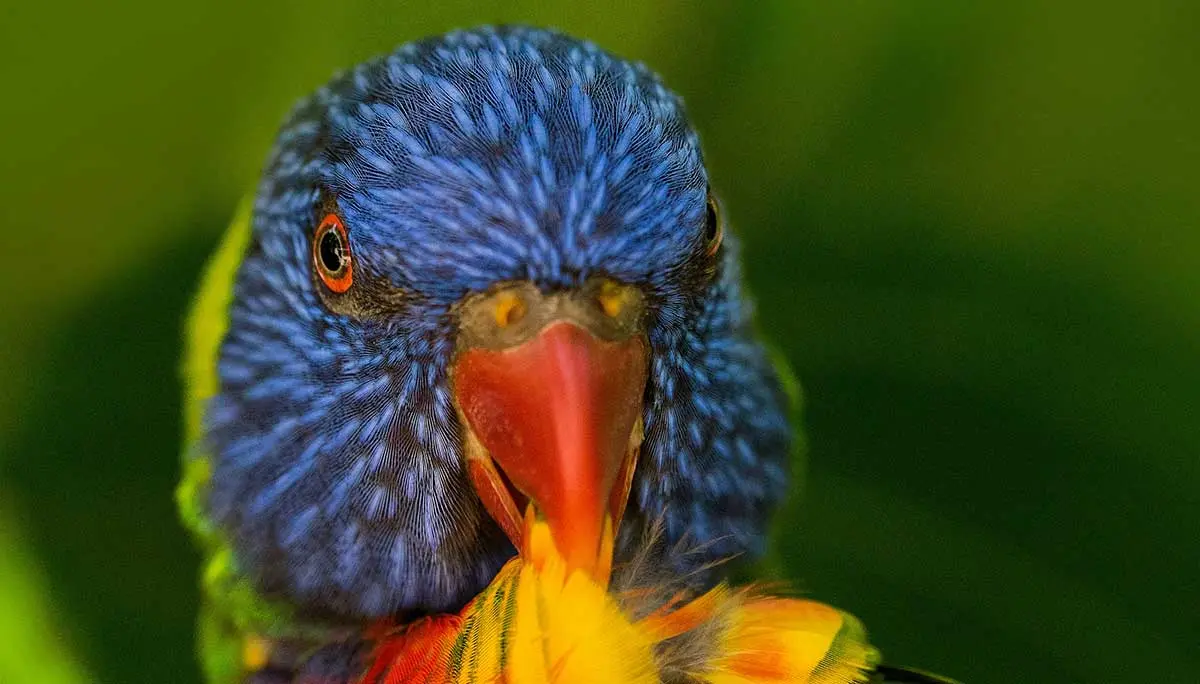
Molting isn’t always straightforward and can be stressful. Birds use a lot of energy during molting - they go through hormonal changes and often have a weaker immune system, making them more susceptible to illnesses. Not to mention, it feels incredibly itchy and irritating. Overall, molting can cause many common health issues in birds.
As I mentioned, birds molt gradually and should never have bald patches. Seek veterinary advice if a bird has bald patches or discolored feathers that don't fall out. You should also seek veterinary advice if birds have small feathers that don't develop or erratic molt patterns.
Molting can be a problem for birds with clipped wings because long wing feathers usually protect the new ones coming through. You must consider this if you’re wondering if you should clip your bird's wings.
There are no long feathers on clipped wings to protect the new blood feathers, leaving them susceptible to injury. Injuries can happen if a bird flaps its wings against something, such as the side of the cage. Blood feather injuries cause profuse bleeding and are incredibly painful. If your bird damages a blood feather, you must visit the vet for pain relief and antibiotics.
How to Care for a Molting Bird
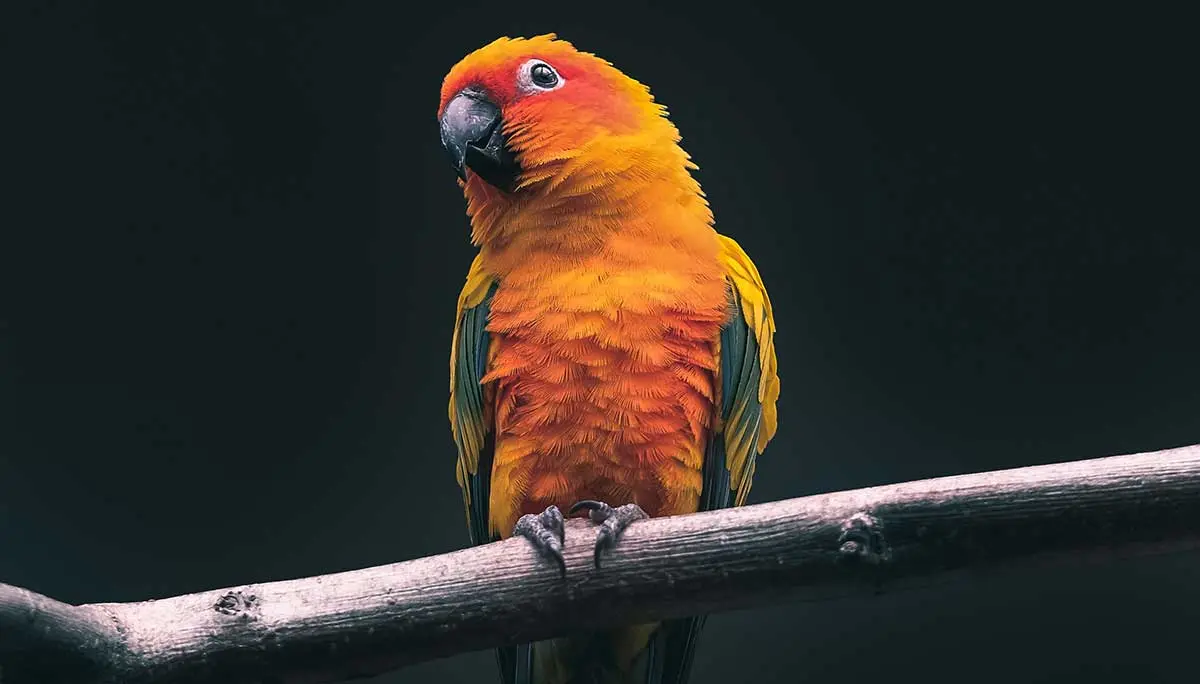
Caring for your pet bird is one thing, but caring for a molting bird is a different story. If your feathered friend is going through a molt, there are many things you can do to help them through the process:
- Be patient - Birds may be grumpy and impatient when they molt. Be patient with them, give them lots of space and don't force them to socialize.
- Avoid petting and handling - It can be painful for birds, and you may damage the new feathers.
- Let them rest - Sleep helps birds to recuperate during molt. Let them have extended dark periods to rest.
- Keep them humid - A humid environment will soften the skin and feather sheath, making it easier for feathers to fall out. Keep birds in a humid area during molt or mist them twice daily. Never soak the feathers and use room temperature water.
- Keep them warm - The ideal temperature for molting birds is 70F (21C). Keep the environment at a consistent temperature and ensure there are no drafts.
- Supplement their diet - There are many foods that aid the molting process. Feeding a molting bird fresh fruit and vegetable treats or hard-boiled eggs gives a beneficial vitamin, mineral and protein boost.
- Give them toys - Bird enrichment toys may help take their mind off their itchy skin.
How to Tend to Bird Feathers

Sometimes, birds can't reach the head and neck feathers to pull them out. You can usually see the loose ones sticking out, but rolling your finger gently across the head and neck will reveal loose ones. A bird's partner will usually remove these hard-to-reach feathers, but if they don't, you must remove them, and this is how you tend to bird feathers.
You must be incredibly gentle when you remove feathers. You must only remove loose ones and never pull an undeveloped one out - because it will hurt the bird. The sheath of an old feather is flaky - if it’s hard and waxy, don't try to pull the feather out.

